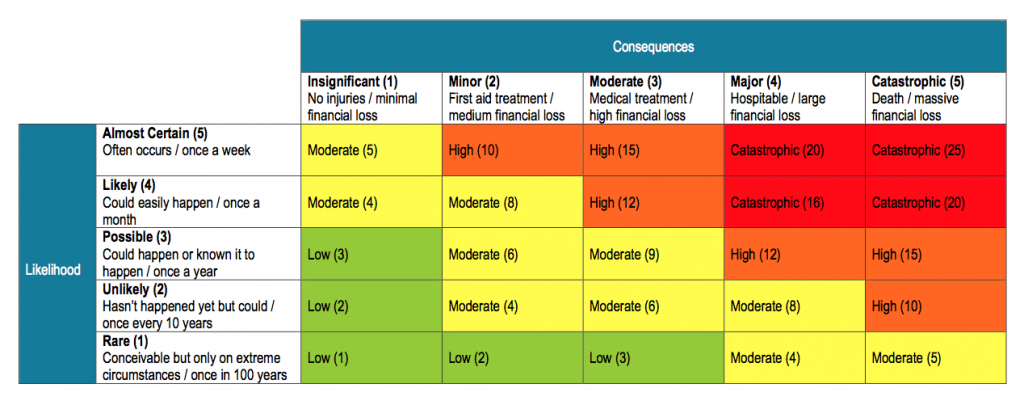Meet the Regulators: Worksafe Western Australia

Worksafe Western Australia is a government body responsible for the regulation of the state’s occupational health and safety legislation – specifically the Occupational Safety and Health Act 1984. Worksafe WA is essentially the equivalent of Workcover Western Australia in that its mandate
Responsibilities:
Collaboration with industry, employer and employee groups:
- Influence a commercial environment in Western Australia that promotes best safety practices and empowers businesses to reduce workplace hazard and risk.
- Safeguard the organisational capacity Western Australia Worksafe has to assist the OHS management for all businesses.
Online information and education:
- Provide a digital platform to facilitate the transfer of health and safety information to workers, employers and students.
- The Worksafe Plan Assessment System: this online resource allows organisations to measure and evaluate their OHS record.
Workplace compliance inspections:
- Inspectors use industry specific checklists for a variety of inspection types including reactive, campaign focused, injury and disease focused.
- These inspections are conducted to ensure compliance with OHS codes of practice for Western Australia.
Issue resolution and assistance with risk management:
- Should an OHS dispute occur, Worksafe Western Australia has an issue resolution procedure in place that aims to mitigate differences between employers and employees.
Enforcement in areas of non-compliance:
- Worksafe WA has several enforcement options available including improvement and prohibition notices, verbal or written direction and prosecution.
- Prosecution occurs when notices have failed to prompt compliance, a duty holder repeats an earlier offence, an inspector is prevented from conducting his/her work or there has been a breach of the Occupational Safety and Health Act.
It should be noted that Worksafe Western Australia is not responsible for the regulation of every industry in the state. Although Worksafe WA does regulate most industries, those workplaces involved in mining and petroleum sectors of the economy as well as those covered by the Federal Comcare, are exempt.









